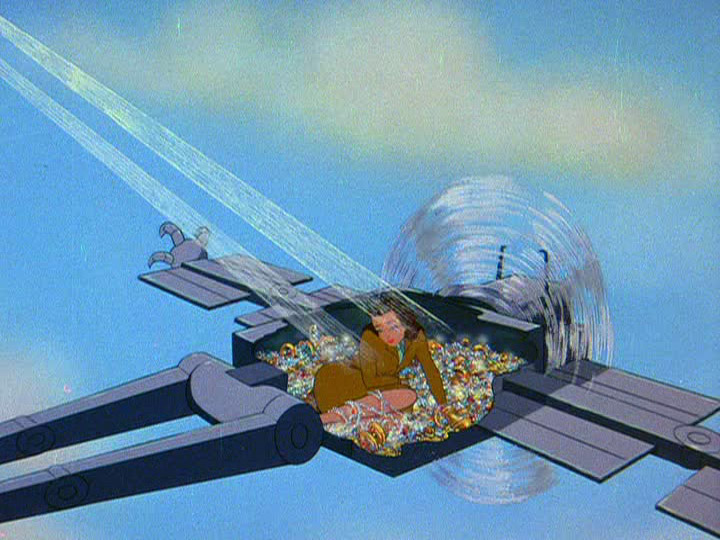

The machine made images in X-Ray Vision vs. Ground Control also explores the means by which the cartographic form continues to functions as a means to facilitate acts of violence, uphold the assertion of boundaries between cultural and political institutions of power, and reinforce the panopticism of the Enlightenment worldview.

This remediation from immaterial virtually generated satellite image to tactile hand-woven wool tapestry draws attention to the dehumanizing effects of screen based image becomes a carefully constructed unique object that is larger than human scale. Each work in Ground Control was hand woven in Guadalajara by the weavers from the Taller Mexicano de Gobelinos for the amount of money it costs a family of four to cross the US/Mexico border illegally.
#X ray vision on series
Ground Control is a series of hand woven wool Gobelin tapestries that reproduce images of the US/Mexico border at places of conflict taken by a satellite mounted thermal emission and reflection radiometer. Using a computer program the digital files were translated into counted x-stitch maps, and then hand embroidered, each stitch representing a single pixel of the original image. The cyanotype process, having been used to reproduce architectural plans resonates with the elevation-like imagery that the backscatter machine produces, images that reveal a jarring tension between the mechanical trucks and their human cargo.Ĭoyotaje is a series of cotton x-stitcheries that depict x-rays and infrared images of undocumented immigrants crossing the US/Mexico border illegally. Backscatter Blueprint, Coyotaje, and Ground Control.īackscatter Blueprint is a series of cyanotypes that reproduce images of trucks taken using a backscatter x-ray machine, tying this new type of digital imaging to the historical processes of image making developed at the beginning of the modern period. X-Ray Vision includes three series of remediated images. Images were collected from the US Border Patrol, Minuetmen, NASA and commercial security websites. This project remediates images of the border into hand-made objects to expose how new vision technologies (backscatter, x-ray, sonic, thermal and digital imaging) recycle Cartesian modes of viewing both land and body and in so doing reinforce a neocolonial social and political relationship with the other. Invisibility is a body of work about the phenomenological effects of vision technologies on the perception of migrants and refugees.


 0 kommentar(er)
0 kommentar(er)
